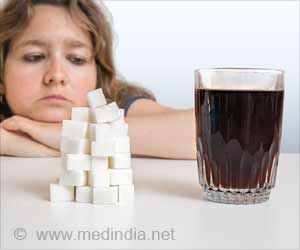Vigorous physical activity and fitness can lower the risk of cardiovascular disease in teenagers. NHS guidelines need to stress more on the importance of exercise.

TOP INSIGHT
Only vigorous activity can reduce the risk factors for cardiovascular diseases in teens.
They found only vigorous activity had a significant effect on so-called "risk factors" that raise the chance of cardiovascular diseases, such as body mass index (BMI) and waist size.
Poor cardiovascular fitness and muscular fitness, which are partly genetic but can be boosted by exercise were linked more closely to risk factors for future heart problems than anything else the researchers tested.
The study, by researchers from numerous European countries, used data from the Healthy Lifestyle in Europe by Nutrition in Adolescence (HELENA) study.
"Many previous studies have put moderate and vigorous physical activity together when looking at potential health benefits, as this is what health guidelines are based on," said Dr. Alan Barker, from the University of Exeter.
"Moderate activity has many health benefits, but in specific terms of reducing risk factors for cardiovascular disease, it's a vigorous activity that appears to make a difference."
According to a report by the UK's Chief Medical Officers, vigorous activities include aerobic dancing, cycling, swimming, and tennis.
Performing this type of activity is essential for developing fitness, which the researchers identified as a critical factor for cutting the risk of heart disease.
The results also found an active link between time spent watching TV and risk factors for developing diabetes or heart disease in later life.
Cardiovascular disease is a general term for all disorders of the heart and circulation, including coronary heart disease, angina, heart attack, congenital heart disease and stroke.
These cause more than a quarter of all deaths in the UK and, although they're scarce in young people, the process leading to them can "track all the way back to childhood," Dr. Barker said.
The findings are based on a cross-sectional study on 534 European adolescents (252 males, 282 females). The HELENA study was funded by the European Commission.
Source-Eurekalert
 MEDINDIA
MEDINDIA



 Email
Email










